Protect and identify your samples in extreme cold with cryo labels built for -80°C freezers and liquid nitrogen storage. These durable labels are engineered to stay in place and remain scannable through every freeze, thaw, and storage cycle.
Explore cryo labeling solutions for tubes, vials, boxes, and more. Shop cryo label kits or request pre-printed options for reliable sample tracking in any cold storage workflow.
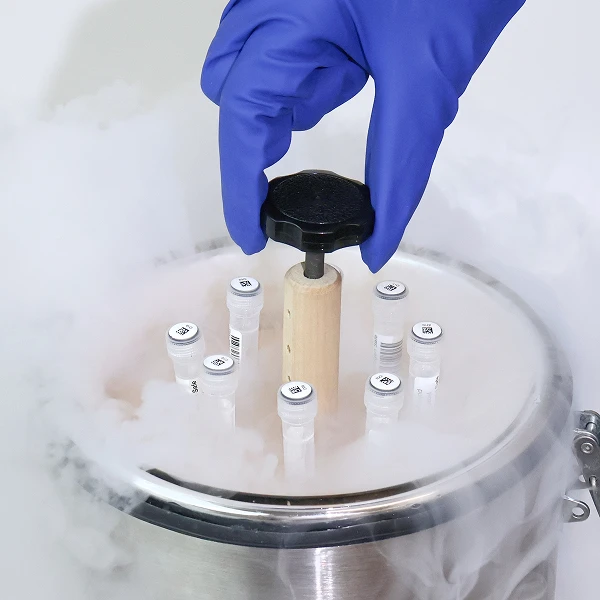
From blank labels to fully pre-marked labware, choose the approach that fits your workflow. Whether you’re printing in-house or outsourcing for convenience, there’s a cryo labeling solution that meets your needs.
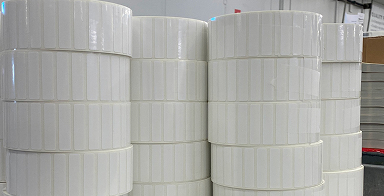
Cryo labels designed for thermal transfer printing, available in a variety of sizes and formats including tube cap labels. Paired with compatible thermal transfer ribbons to print durable barcodes and data in your own lab environment.
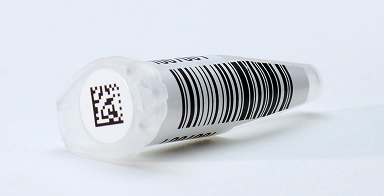
Pre-printed cryo labels featuring barcodes, color coding, or variable data. Produced using advanced printing methods, offering enhanced durability and consistent quality without requiring in-house printing or additional equipment.
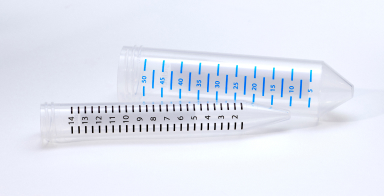
Cryo vials, tubes, or plates delivered pre-labeled or directly marked with durable identification. Ideal for saving time, maintaining consistency, and reducing handling errors during preparation and sample organization.
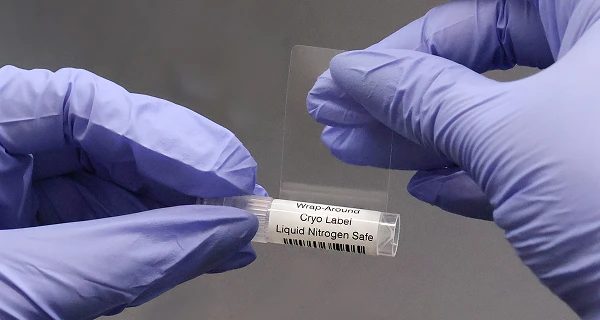
Solutions built for tubes, vials, and well plates where surface area is limited and print clarity is critical.
Engineered for cryo bags, straws, and curved or soft containers that require secure adhesion and shape retention.
Labels for racks, boxes, and containers—ensuring scannability and organization without disrupting frozen inventory.
A dependable choice for labeling cryovials stored in liquid nitrogen, mechanical freezers, or deep cold shipping.
Adheres securely to small plastic surfaces, with print durability that holds up to handling and thaw cycles.
Optional cap labels improve traceability and enable quick identification without removing tubes from storage racks.
Engineered for long-term cryogenic storage of tubes and vials with printed variable information.
The clear wraparound laminate shields print from solvents, friction, and handling damage during storage and retrieval.
Ensures barcodes remain scannable through freeze-thaw cycles, cleaning, and repeated physical contact.
Adheres to pre-frozen plastics without loss of tack or label integrity during cold application.
Ideal for reorganization, relabeling, or consolidation of frozen sample collections under time-sensitive conditions.
Acrylic adhesive forms an instant bond, maintaining position through freeze-thaw cycles and continued storage.
Constructed with face stocks and adhesives tested for ultra-low temperatures and chemical exposure.
Withstands immersion in liquid nitrogen and extended vapor phase storage without lifting or curling.
Ideal for plasma, cryo units, and long-term archived samples requiring verified stability and permanence.
Pre-printed cryo labels offer long-term durability and visual consistency across storage and processing workflows.
Printing methods and materials are matched to each application, supporting resistance to abrasion, solvents, and cold.
Available with color coding, pre-serialized formats, and protective finishes when added durability is required.
See which cryo label fits your workflow—request samples to test adhesion, durability, and print performance in your conditions.
Cryo labels demand precise engineering across all layers of the construction. From face stock to adhesive to image durability, every component must perform in extreme cold and withstand lab-specific handling, solvents, and storage.
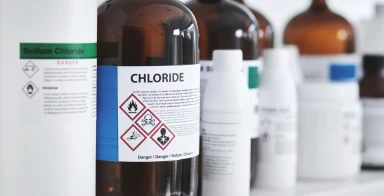
Cryo label materials can be engineered to withstand contact with alcohols, DMSO, acids, and other aggressive solvents—preserving adhesion and print quality during cleaning, processing, or reagent handling.
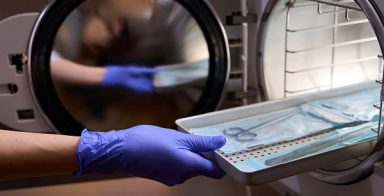
Several cryo constructions are compatible with autoclave, gamma radiation, or ethylene oxide sterilization—protecting barcode integrity and preventing label degradation during decontamination or packaging prep.

Humidity, frost, and condensation challenge label performance at cryo temps. Specialized face stocks and adhesives maintain bond strength and prevent flagging or smudging, even in LN₂ vapor environments.
Cryogenic face stocks must maintain dimensional stability and print fidelity under extreme cold, including vapor phase and liquid nitrogen storage. We utilize engineered synthetics with low-temperature flexibility and thermal resistance to avoid delamination, cracking, or shrinkage during freeze-thaw cycling. Materials are selected for their compatibility with thermal transfer, digital, and flexographic imaging technologies, as well as for their resilience under exposure to moisture, alcohols, and handling abrasion. Thickness, finish, and surface energy are optimized to balance print quality, adhesion interface, and automatic dispensing requirements. Face stocks are validated for use on plastics, glass, and low-friction substrates commonly found in tubes, vials, straws, and cryo bags.
Cryogenic adhesives must form an aggressive bond at low application temperatures and remain intact during long-term exposure to -80°C or -196°C conditions. Our adhesive systems include cryo-tolerant acrylics formulated for secure adhesion to plastics, glass, and flexible film surfaces. Select constructions are designed to bond even at sub-zero application temperatures, enabling direct labeling of frozen containers. Performance criteria include resistance to edge lifting, migration under thaw, and chemical degradation during storage or sample processing. Testing includes adhesion strength on curved substrates, dwell-time sensitivity, and survivability through vapor-phase and immersion workflows. Adhesives comply with FDA 21 CFR 175.105 for indirect contact scenarios where required.
Topcoats and overlaminates are used to improve imaging performance, solvent resistance, and surface durability under repeated freeze-thaw exposure. Thermal transfer–optimized coatings enable high-density printing with resin ribbons, while digital imaging coatings support toner anchorage or UV-curable ink systems. Overlaminates—when used—are selected for cryogenic flexibility and clarity, providing physical protection to printed data without compromising scannability. Some constructions use integrated self-laminating features, sealing the printed image beneath a protective film layer. Coating compatibility is evaluated based on imaging method, barcode resolution, and abrasion resistance through handling and storage.
Print systems for cryogenic labels must produce high-resolution, chemically resistant images that remain legible after freezing, thawing, and physical handling. We support both thermal transfer and digital imaging technologies. For thermal transfer, resin ribbons are matched to cryogenic coatings to ensure image permanence under alcohol wipes, DMSO, and repeated contact with gloves or tweezers. For pre-printed solutions, digital and flexographic printing offer full-color, high-contrast layouts with optional protective coatings. Print durability is validated through rub testing, chemical wipe testing, and freeze-thaw cycling to ensure scannability and label integrity in high-demand environments.
Cryo labels must accommodate a wide range of labware geometries—from narrow-diameter tubes and cryovials to bags, plates, and straws. We support fully customizable die-cut formats, including wraparound designs, flag labels, cap-top indicators, and small-scale panel labels. Our constructions allow for perforations, removable segments, or multi-part label sets for use across labware and recordkeeping systems. Labels are engineered for manual or automated application, with die-cut tolerances optimized for reliable feed and alignment in high-speed dispensers or robotic handling systems. Adhesive-free zones or extended tabs can be incorporated as needed to fit specific operational workflows.
Understanding the difference between application and storage temperatures is essential when selecting cryogenic labels. A label’s ability to withstand extreme cold during storage (as low as -196°C for liquid nitrogen applications) does not imply it can be applied under those same conditions. Most cryo adhesives require a minimum application temperature — often around 0°C to 20°C — to establish an effective bond. Labels intended for use on already frozen surfaces are specially engineered with modified adhesives to enable bonding at temperatures as low as -80°C, but these are exceptions rather than the norm. Selecting the right label requires evaluating your workflow: whether labeling is done before or after freezing, how quickly samples are exposed to cryogenic conditions after labeling, and whether automation is involved. Each label construction has a specific range where optimal adhesion is achieved and retained. Proper alignment between application conditions and storage requirements is critical to avoid adhesion failure or data loss during storage and handling.
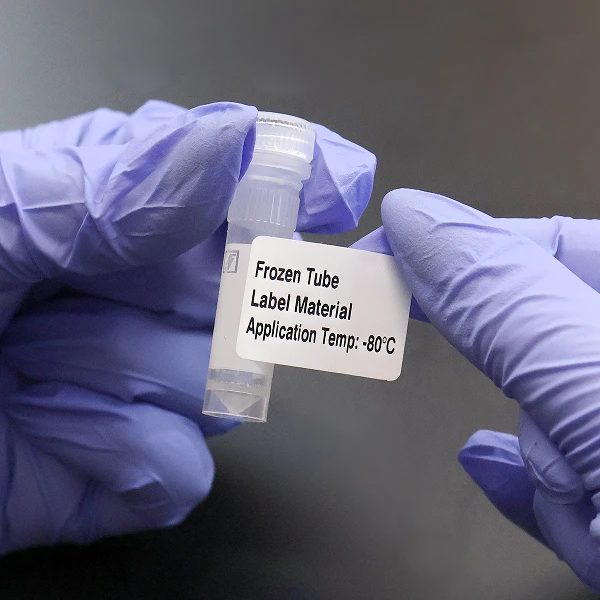
Choose from high-performance cryo label sets, each paired with a compatible ribbon. Designed for thermal transfer printing and ready to withstand even the most extreme cold storage environments.
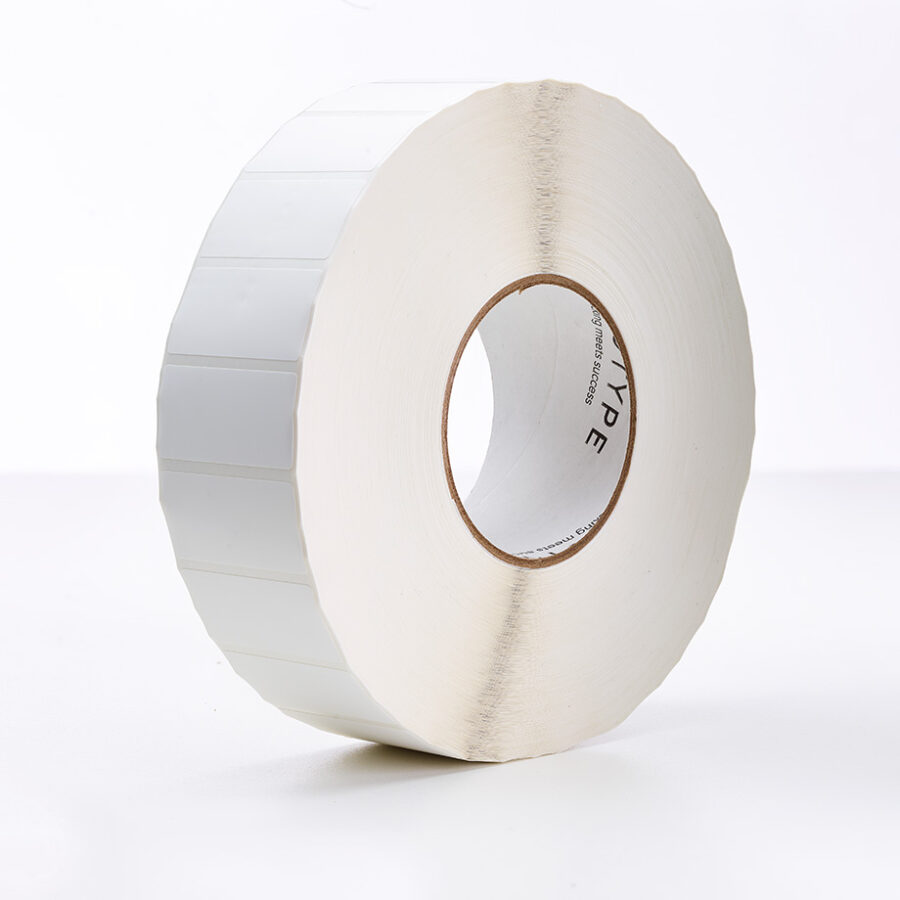

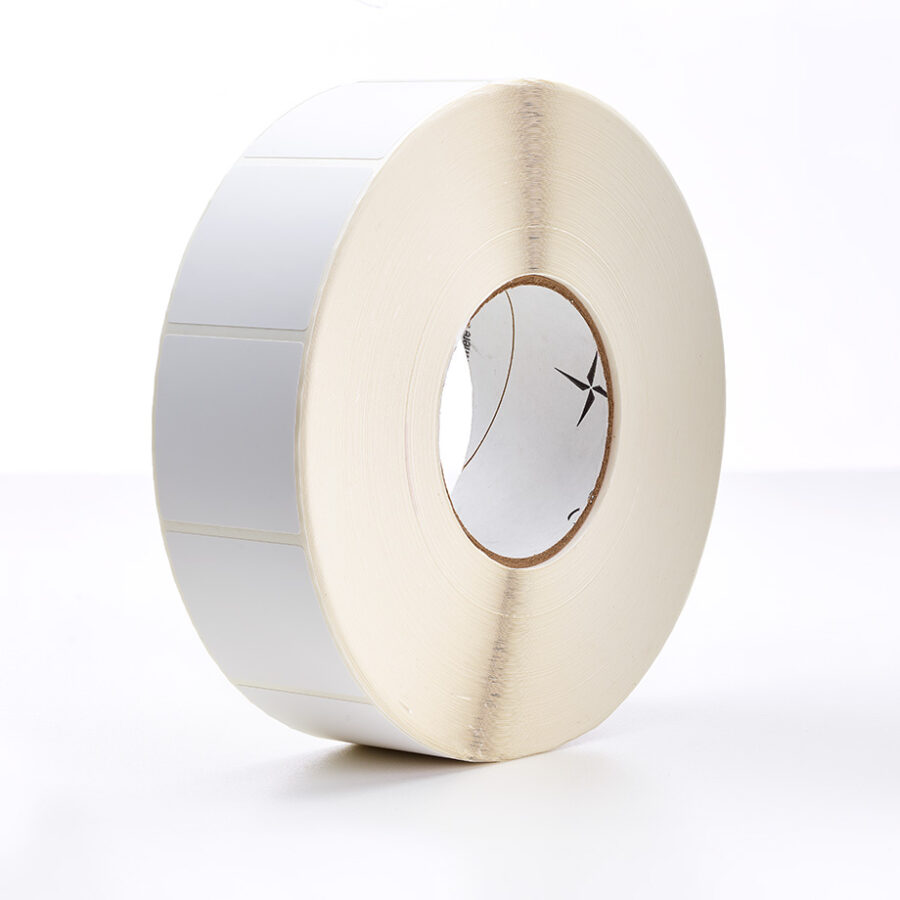
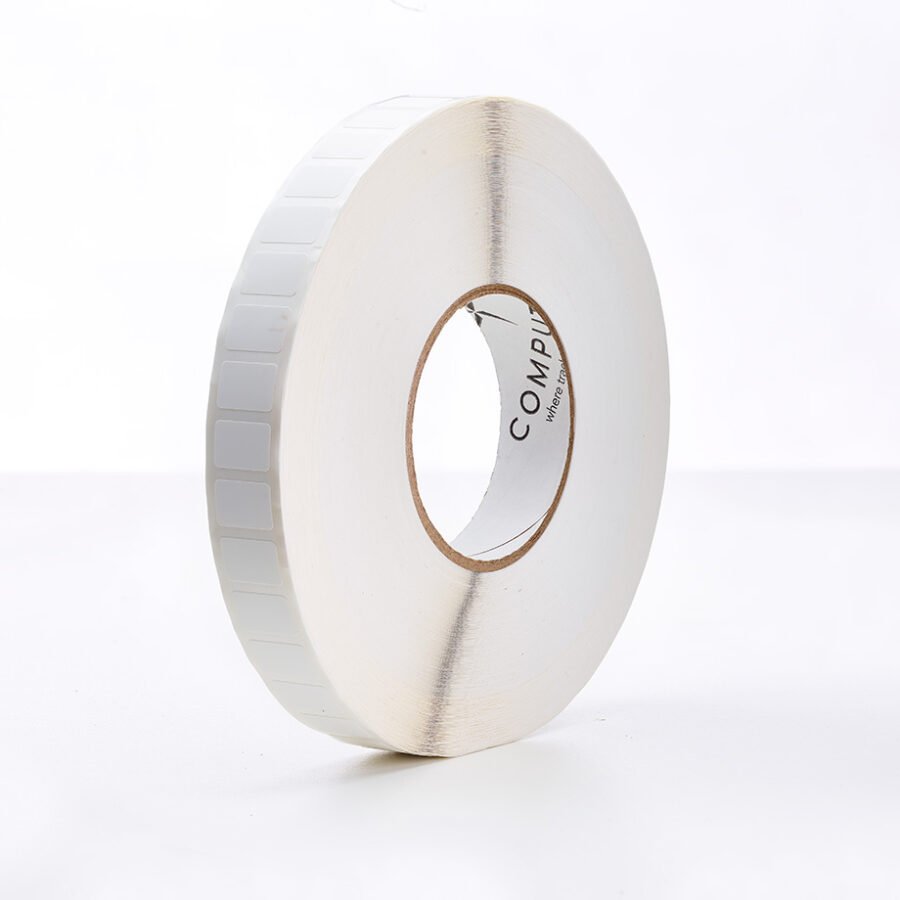
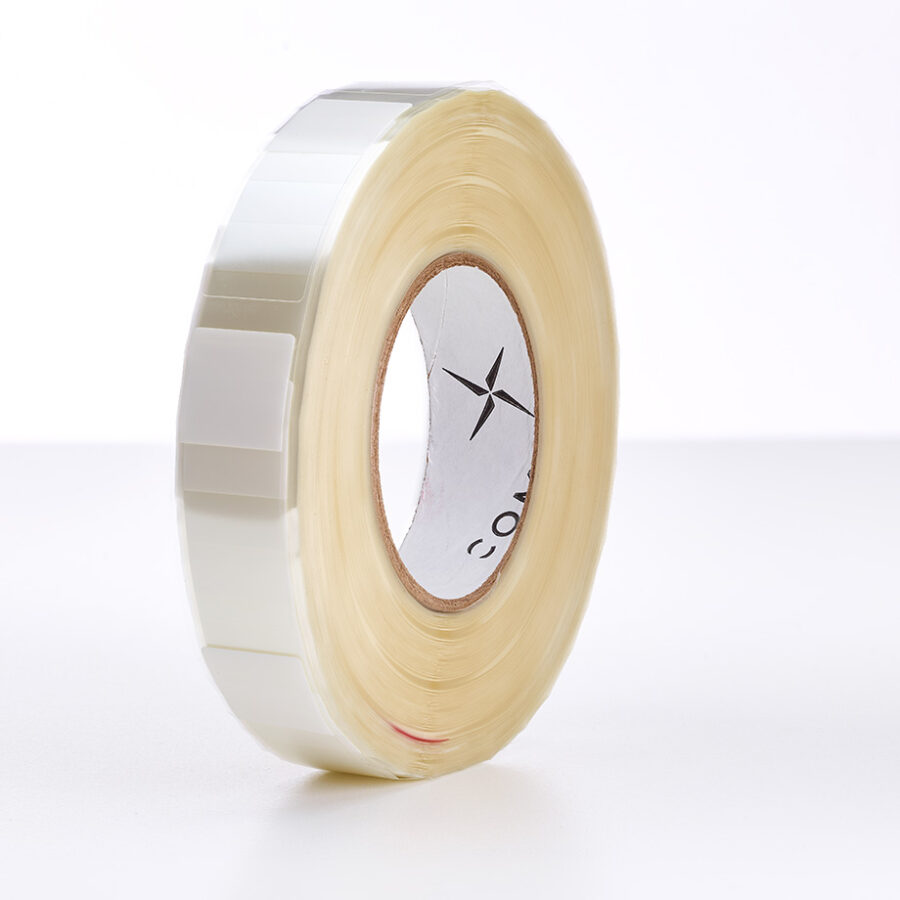
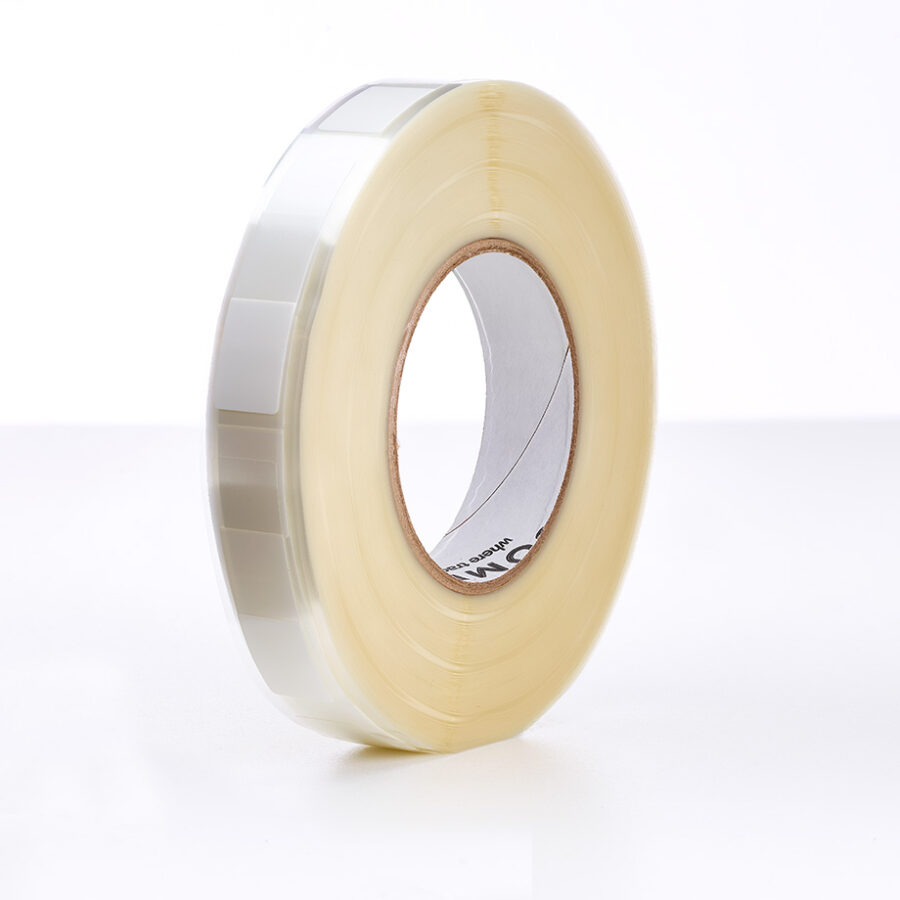
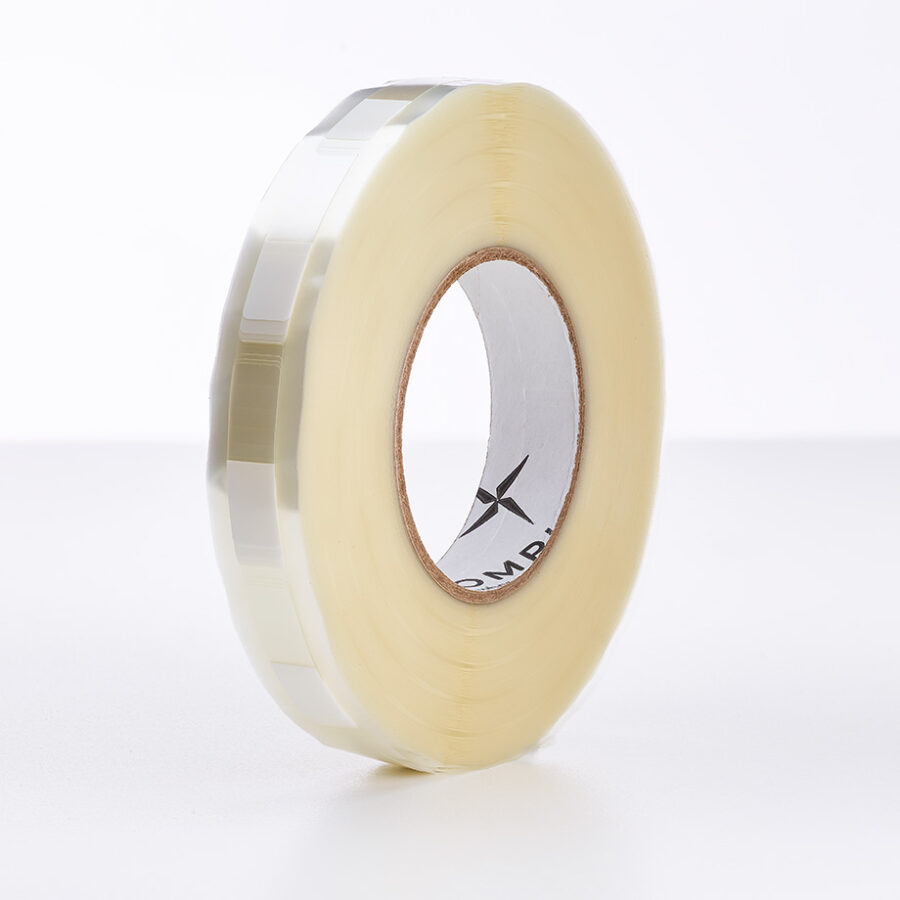

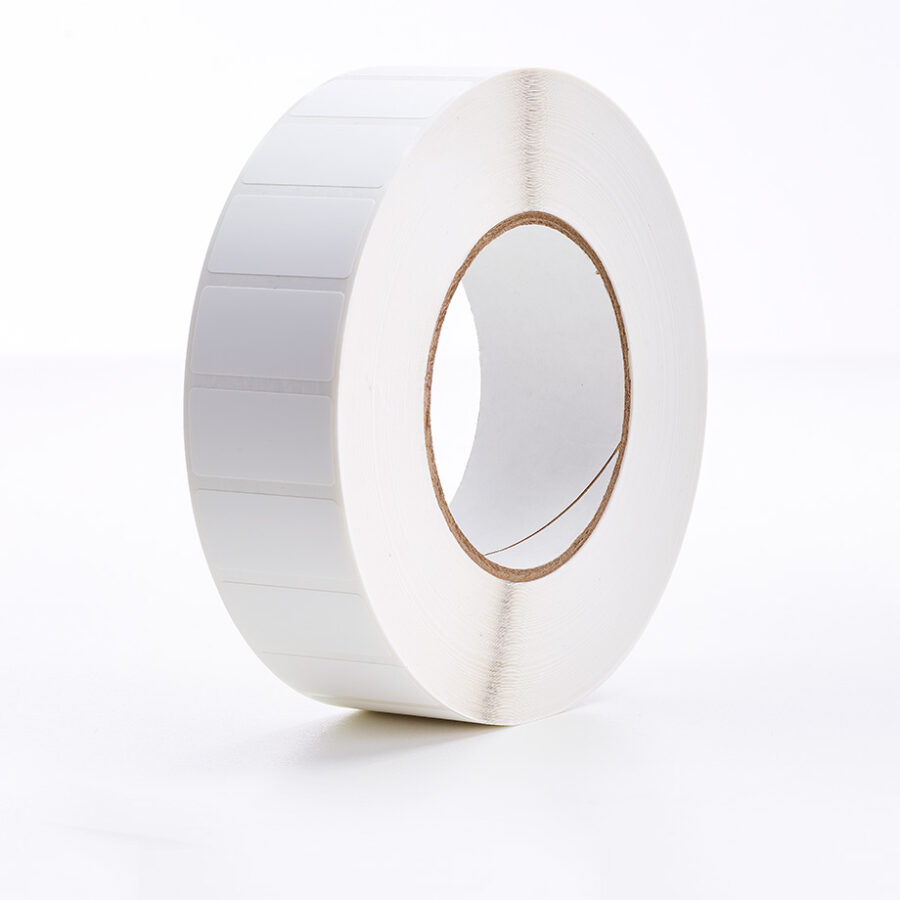
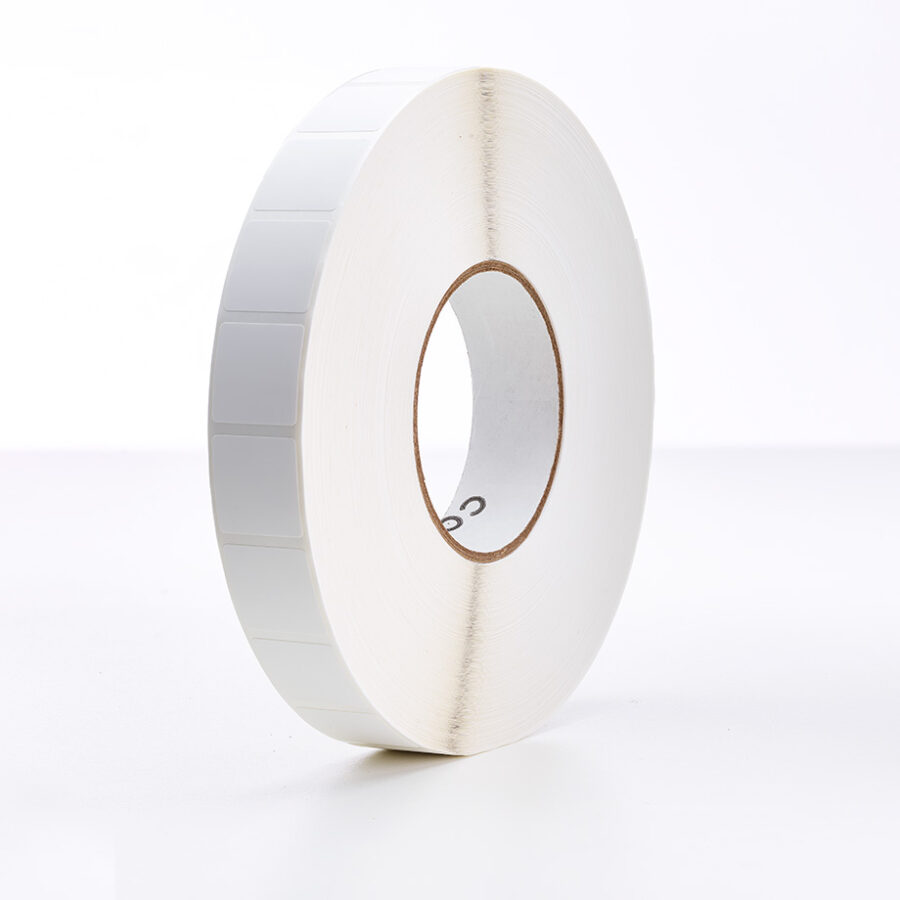

Have questions? We’re here to help.
Contact us to connect with a specialist who understands your industry and can provide the right solutions for your business. Let’s start a conversation.


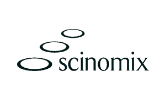





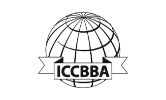
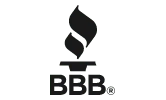


© Computype 2024
© Computype 2024
Take advantage of our volume discounts for bulk orders. Reach out to us for a personalized quote tailored to your needs.
"*" indicates required fields